
Image credit: Instagram @maokexi
When I hear the word “flavors”, I always think of Xinjiang. Its nature, landscape, people, food, culture, even weather is full of flavors in the sense of visual, sound, smell and taste.
Xinjiang, officially Xinjiang Uygur Autonomous Region, is located in Northwestern China, right above Tibet. It’s the largest province in the country, covering one sixth of the territory.
Bordering 8 countries, Afghanistan, Russia, Kazakhstan, Kyrgyzstan, Tajikistan, Pakistan, Mongolia and India, Xinjiang is home to many ethnic groups, including the Uyghur, Kazakhs, Tibetans, Hui, Tajiks, Kyrgyz, Mongols, Russians and Xibe.
In winter, its continuous mountains covered in heavy snow made its name of “Eastern Switzerland“. Summer is the harvest season of fruit. Everywhere is decorated with colorful fruits.
Autumn is the time to visit local bazaars, because dried fruit and nuts are hitting the markets. In spring, the natural sceneries of its desert, lakes, valleys take your breath away.
Xinjiang people have a combination of western and eastern looking features. Tall, strong, exotic and good looking.
Got excited and curious about Xinjiang? Maybe these nuts and dried fruit can give you a taste of it.
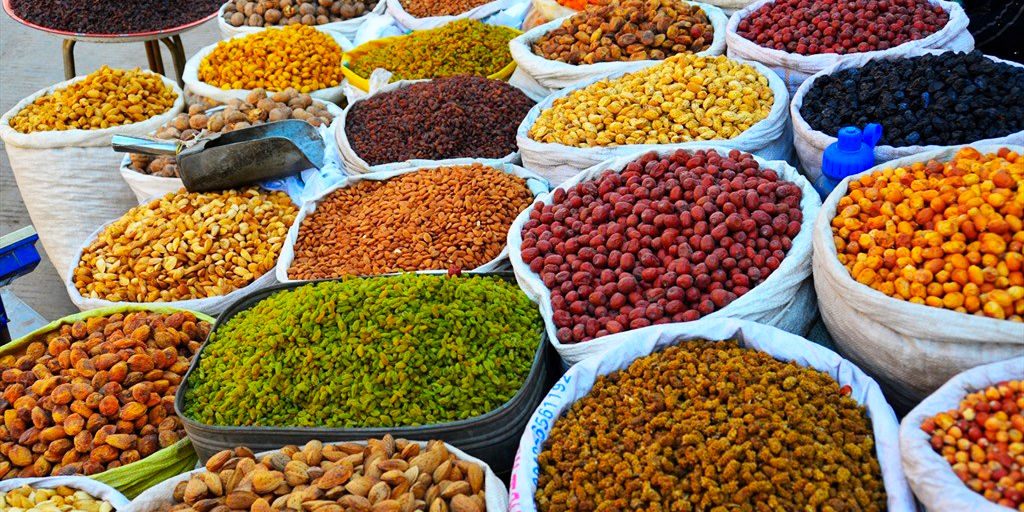
Xinjiang Dried Fruit
Due to its long sunlight hours and wide temperature differences between day and night, Xinjiang fruit is sweeter and juicier. That’s why the autonomous region is known as the home of fruit.
Because of the region’s dry weather, many fruits are dried naturally. Typical dried fruit from Xinjiang contains about 10 percent water, which means a longer shelf life.
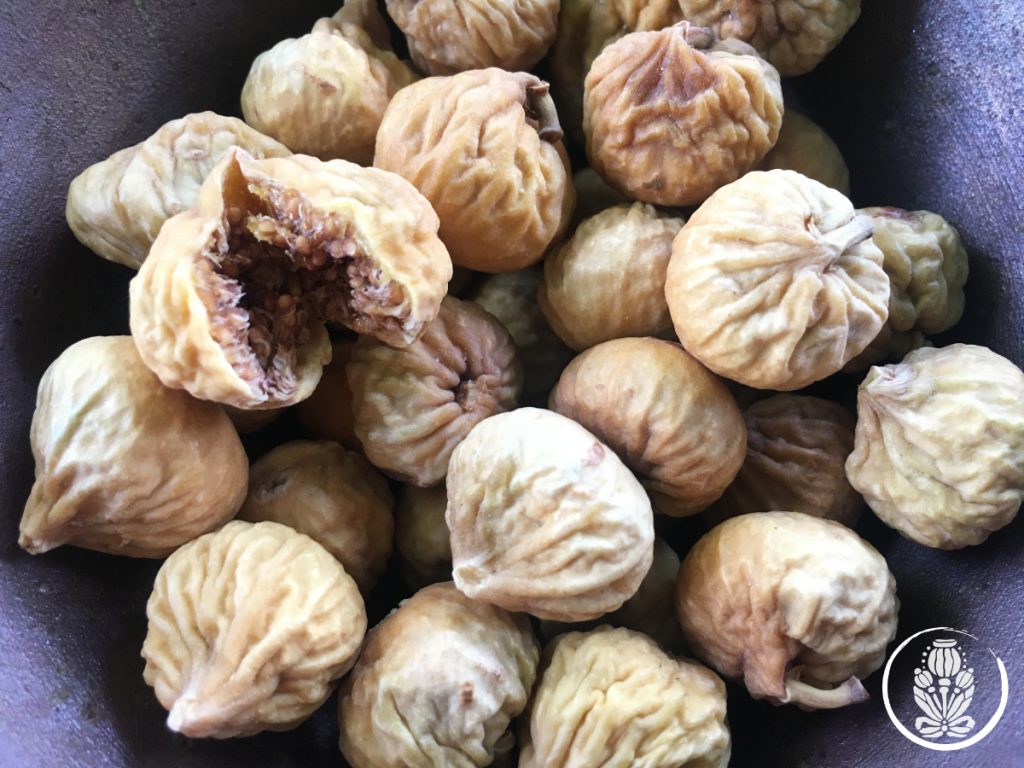
Xinjiang Dried Figs
The locals call figs “treetop stuffed buns with sugar”, because of their high sugar content. Figs were brought to Xinjiang via the ancient Silk Road.
Every bite of the fig is a burst of flavor in your mouth. The sweetness is dense but not greasy. With its chewy texture, it makes a tasteful snack or rich muesli ingredient.
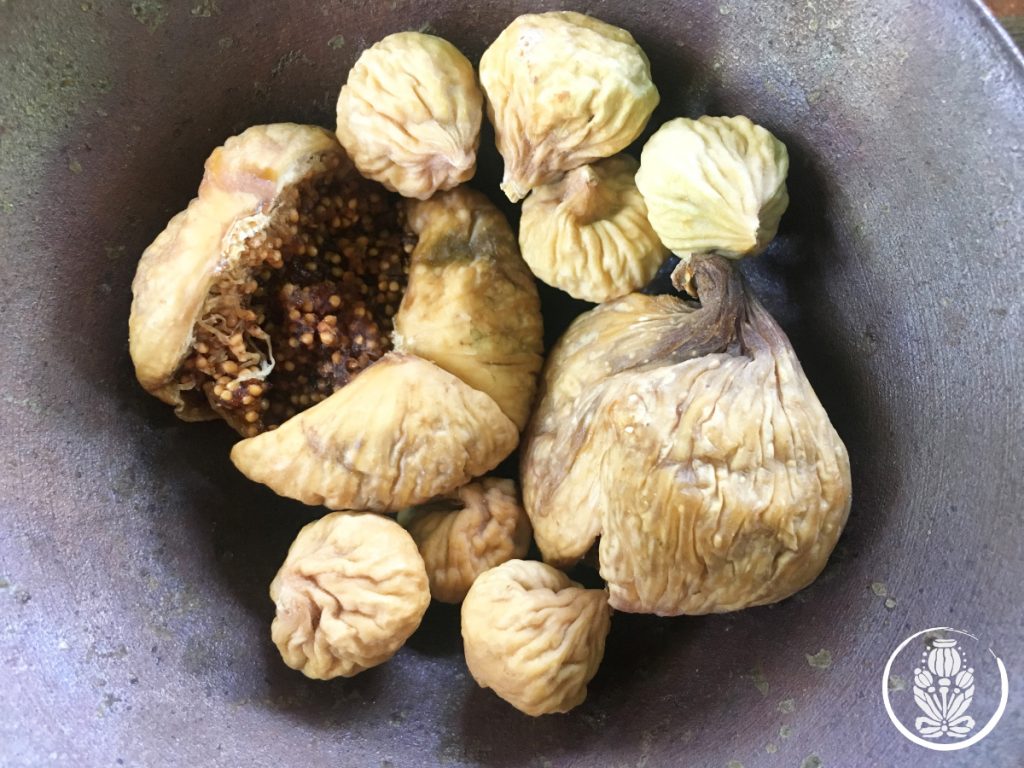
Small figs, Xinjiang
If you are more familiar with Turkey figs, Xinjiang figs are smaller, which makes it easier to snack on. There is not much difference in taste.
September Special: Xinjiang Dried Figs
500g Dried Figs, $8.00 (10% off regular price)
Regular price: 1kg, $17.75
Figs are low in fats and protein, high in fiber and micronutrients. It’s a good source of vitamin K, potassium, calcium, and magnesium. Vitamin K is important for blood clotting.
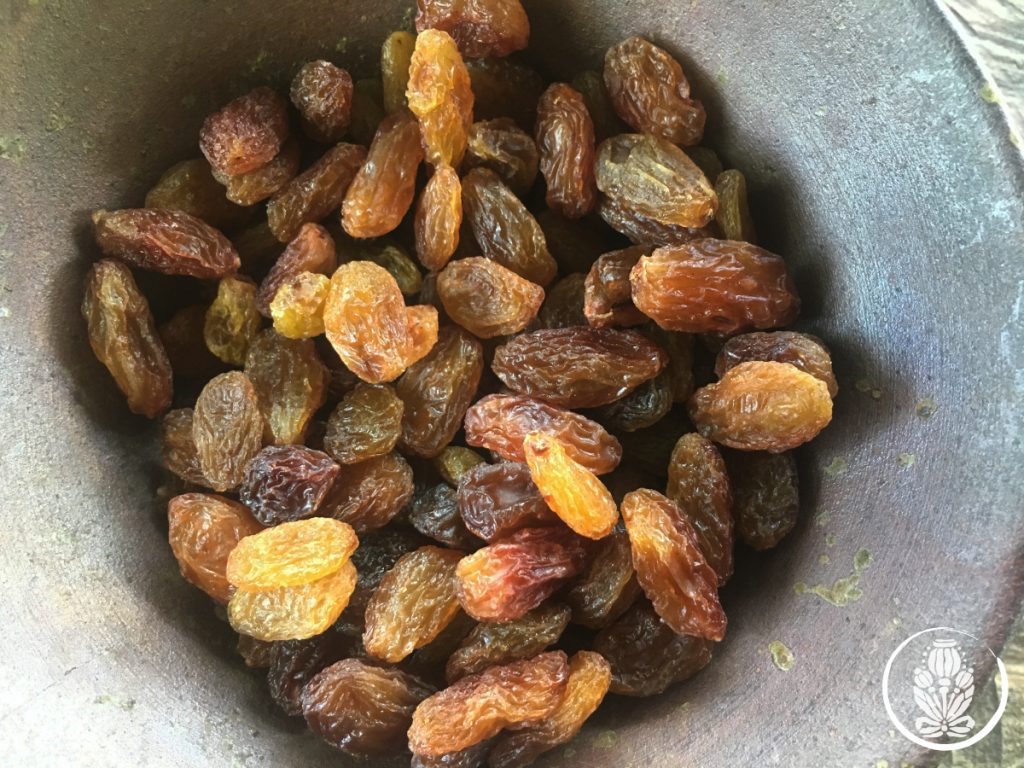
Xinjiang Raisins
Raisins have been local Xinjiang food for centuries. In the region, the best grapes come from Turpan, because of its hot and dry weather.
In Turpan, people still dry their grapes with a century old method – the brick drying house. A square brick house with large spaces between levels of bricks, allowing air flow through the whole house.
Dried tree branches are hanging from the ceiling and grapes are hanging on those branches. Mature grapes take only two days to become high-quality raisins.
While we, tourists, are concerned about raisins’ looks, the locals say you should avoid those that look the best.
Most people prefer raisins in consistent color and size. The locals believe that raisins are uniform in color and size are most likely dried with a spray-on chemical to stimulate the desiccating process. That’s why the locals basically prefer the “bad looking” raisins, which are naturally dried without using chemicals.
1kg Raisins, $12.75
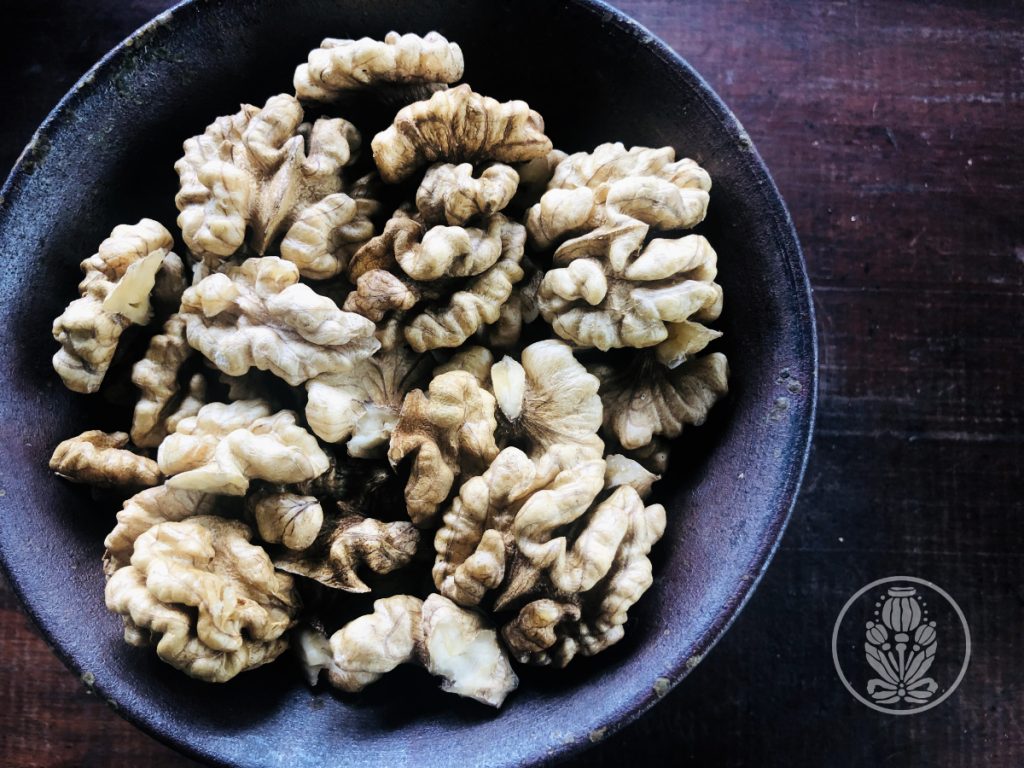
Xinjiang Walnuts
Xinjiang walnuts have very thin shells, so thin that you can crush open the shell with one hand. That’s why people call it “paper-thin walnuts”.
Yecheng county in Kashgar prefecture is the Home of Walnuts. People there have been growing walnuts for about 2,000 years. It produces more than 1,200 tons of walnuts every year.
1kg Walnuts, $9.50
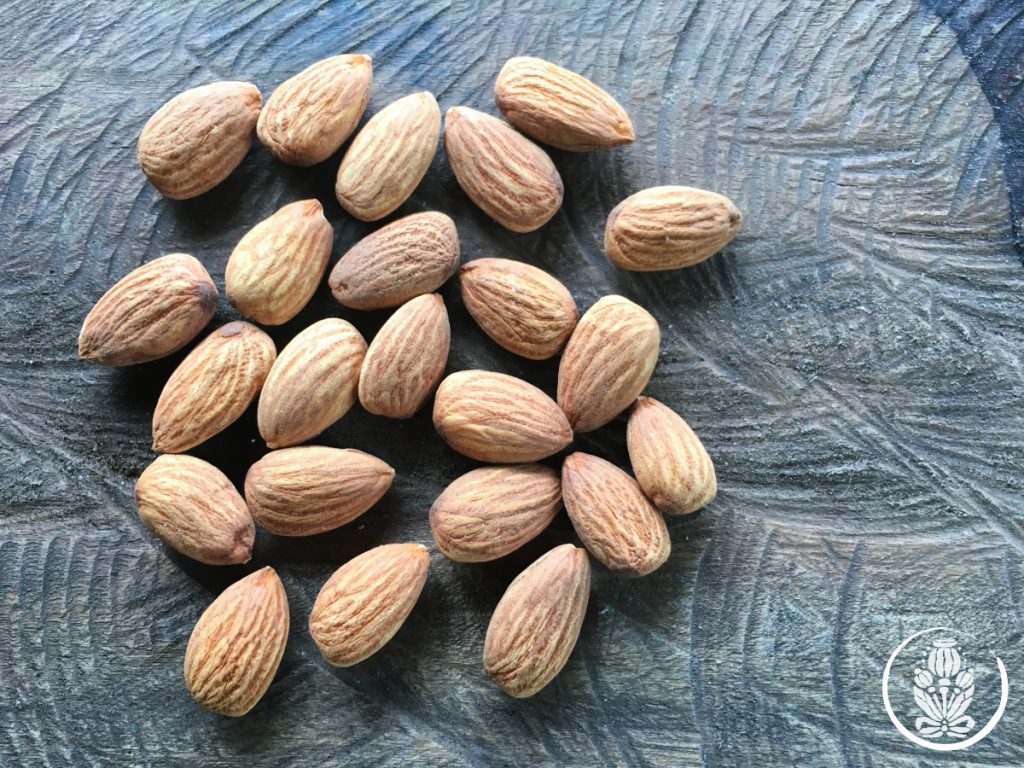
Xinjiang Almonds
Almonds, also called Badam in the local language, were introduced to Xinjiang from Persia, now Iran, more than 1,300 years ago. Since then, almonds in Xinjiang have adapted to the local climate. The relative scarcity of water increases the sugar content, which makes the nuts taste noticeably sweeter than other varieties.
1kg Almonds, In Shell, $22.75
1kg Almonds, No Shell, $22.50
Other Xinjiang Dried Fruit
Hotan red dates, apple, flat peach, apricot, pomegranate, pear, mulberry, grapes, melon and watermelon are all Xinjiang specialties.
Taste the Flavor of Xinjiang with the Dried Figs
I add the dried figs to my muesli every morning and can’t help snacking a few more during the day. 🙂 It just makes me smile.
Try the dried figs with our September special offer and taste the flavor of Xinjiang.
Our usual minimum order is 1kg. Now with the September special offer, you can order 500g to give it a try.
500g Dried Figs, $8.00 (10% off regular price)
Regular price: 1kg, $17.75
Last but not the least, if you have a granola bar or baking recipe using figs, that you are proud of, contact me here. Receive a Zenopium eco gift for your generous sharing.
All prices are seasonal. Contact me to inquire or order other dried fruit or nuts mentioned.

About dried fig
Yes. What would you like to know about Dried Figs?
Recently bought a kilo of these Xinjiang dried figs. Fantastic. Deep rich flavor, moist, bug free so far. Ordered 3 more kilos.
Thank you so much for your comment. Glad that you like it. It’s one of our favorites too.